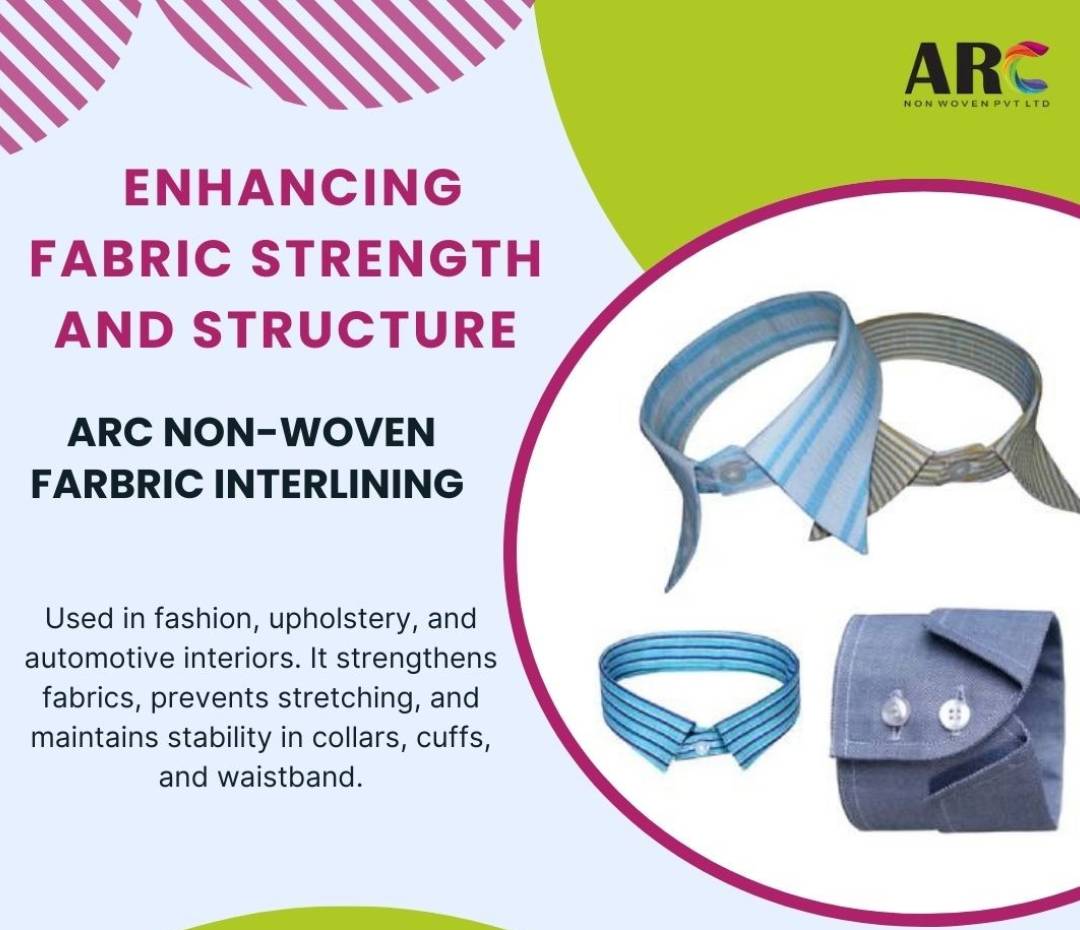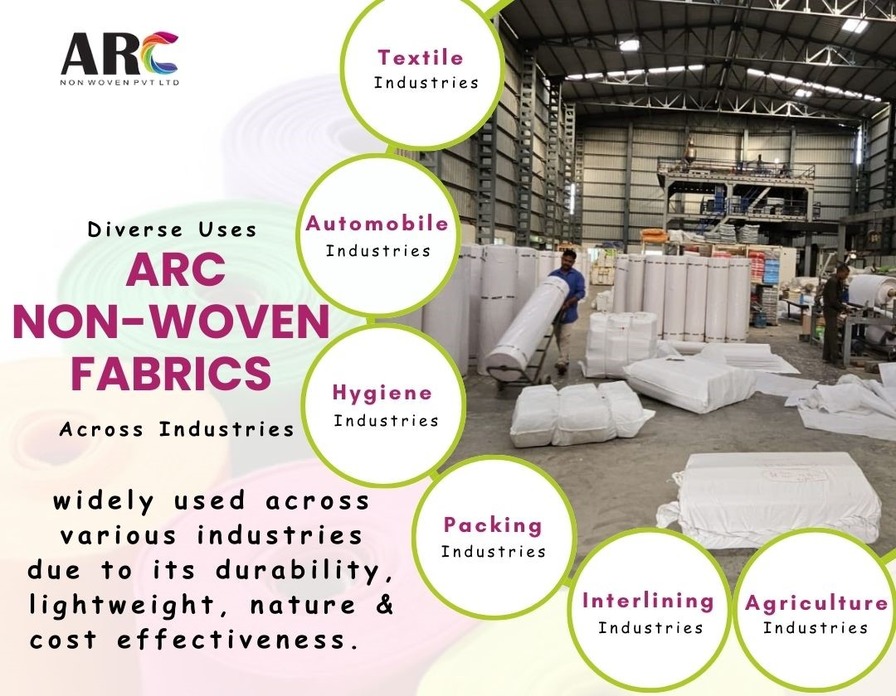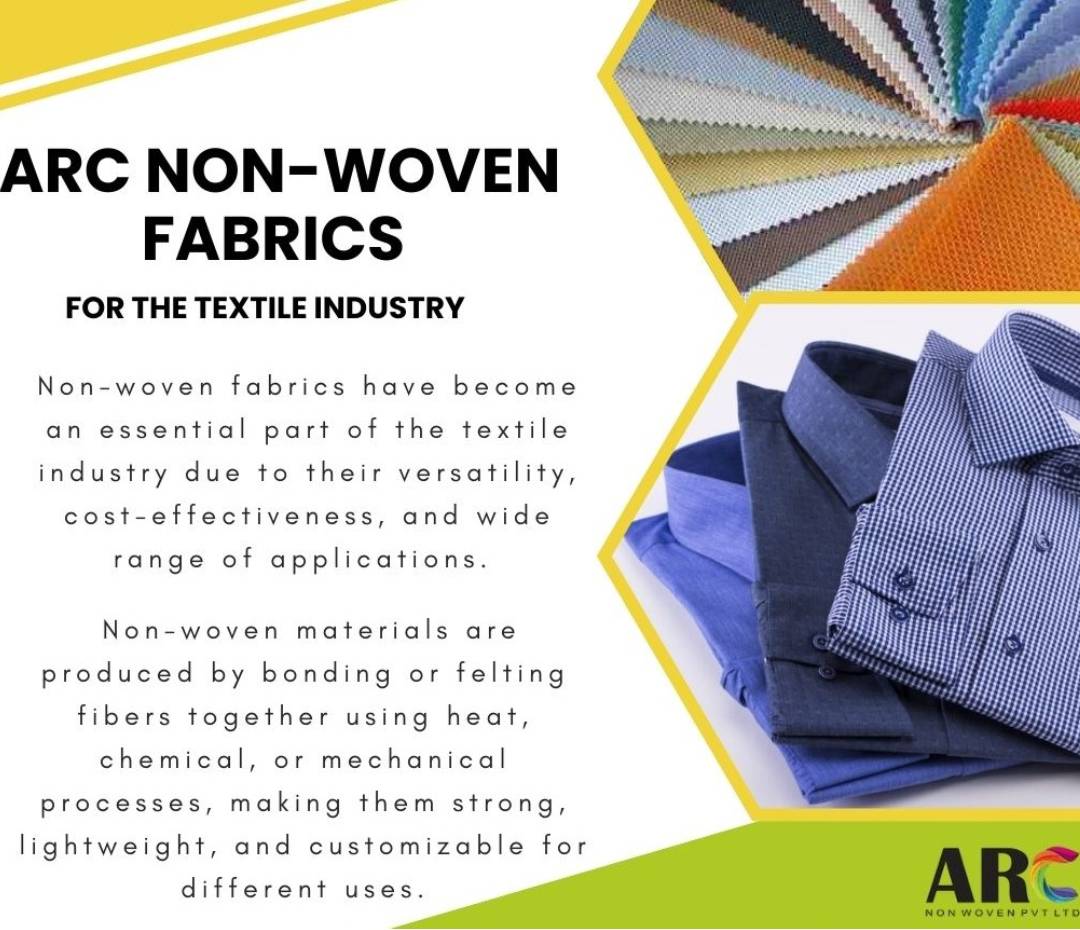Innovations with ARC Nonwoven Fabric in Multiple Sectors
Explore the various implementations of ARC Nonwoven Fabric across different sectors. Learn how these innovations are revolutionizing industry norms.
Read More
In the ever-evolving landscape of textiles, durability remains a paramount concern for manufacturers and consumers alike. As demand for high-performance fabric grows, the interlining industry is stepping up to address this need with innovative solutions aimed at enhancing fabric durability. This article delves into the latest methods and insights from industry experts, shedding light on how interlining can significantly boost the longevity and performance of fabric.
Interlining refers to a supportive layer placed between the outer fabric and the lining in garments, upholstery, and various textile applications. It serves multiple purposes, including providing structure, shape, and insulation. However, the role of interlining extends far beyond mere aesthetics; it plays a crucial role in enhancing the durability of fabric. By reinforcing the core materials, interlining can mitigate wear and tear, ensure resistance to environmental factors, and extend the life of the final product.
Recent advancements in materials science have led to the development of new interlining options that offer superior durability. High-performance synthetic fibers, for example, are designed to resist abrasion, moisture, and UV light, making them ideal for outdoor clothing or technical textiles. From reinforced weaves to state-of-the-art bonding techniques, innovations are helping manufacturers create fabric that withstand the rigors of daily use.
Moreover, the rise of sustainable materials is reshaping the interlining landscape. Biodegradable and recycled options are gaining traction, allowing for enhanced durability without compromising environmental responsibility. Experts highlight that adopting these materials not only appeals to eco-conscious consumers but also ensures that products remain robust and reliable.
To guarantee enhanced fabric durability, rigorous testing procedures are paramount. Industry leaders emphasize the importance of evaluating interlining through systematic testing methods, including abrasion resistance, tensile strength, and wash durability. By establishing a set of benchmarks, manufacturers can ascertain that their interlinings meet or exceed industry standards, ensuring that consumers receive durable and high-quality products.
Additionally, quality control processes during manufacturing cannot be overlooked. Experts recommend implementing strict monitoring protocols to ensure consistency throughout production. This attention to detail helps identify weaknesses early in the process, ultimately leading to stronger, more resilient fabric.
Enhancing fabric durability is not a solitary effort; it involves collaboration across the entire supply chain. Designers, manufacturers, and suppliers must work together to share insights and innovations. Regular communication enables the rapid dissemination of new techniques and materials, fostering a culture of continuous improvement.
Industry events and expos provide excellent platforms for knowledge-sharing among stakeholders. These gatherings allow businesses to showcase their latest innovations, thereby promoting best practices within the interlining sector. By remaining engaged in the conversation, companies can stay abreast of emerging trends and technologies that can further improve fabric durability.
The interlining industry plays an indispensable role in enhancing fabric durability, driven by innovative materials, rigorous testing, and collaborative efforts across the supply chain. As the demand for durable textiles continues to rise, manufacturers must remain vigilant and adaptive, embracing new techniques and insights from experts. By focusing on these advancements, the interlining industry will not only produce longer-lasting fabric but also contribute to sustainability efforts, ultimately benefiting both consumers and the planet.

Explore the various implementations of ARC Nonwoven Fabric across different sectors. Learn how these innovations are revolutionizing industry norms.
Read More
Discover how Arc Non-Woven Fabric are revolutionizing the textile manufacturing industry. Dive deep into the role it plays in the modern textile world.
Read More© Copyright 2020-2025 All Rights Reserved By ARC Non Woven Pvt. Ltd.